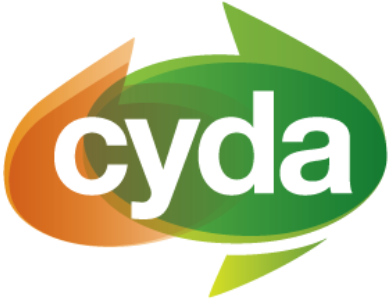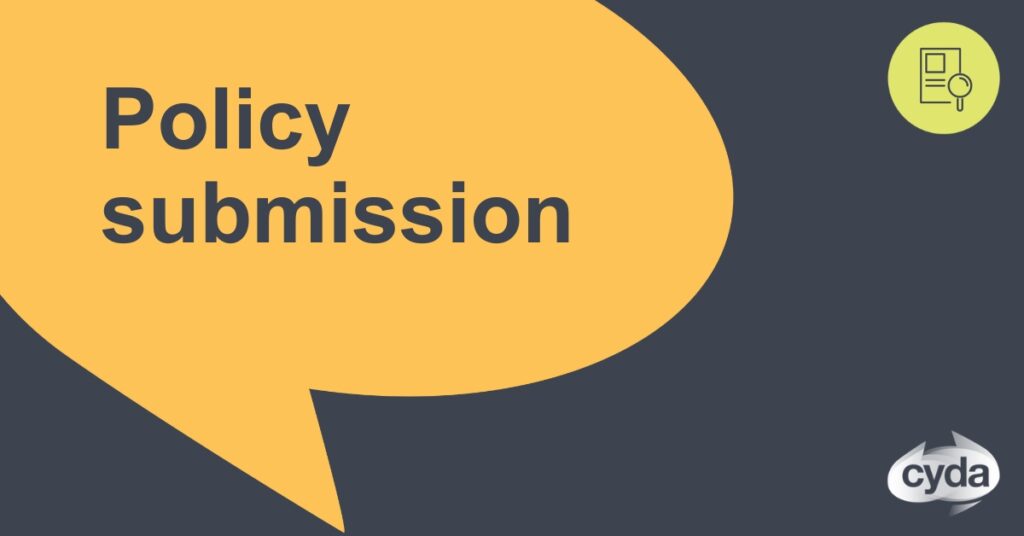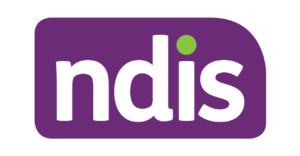⚠️ Content note: Discussion of ableism
As a representative organisation for children and young people with disability across Australia, CYDA views the supplementary materials to Australia’s Disability Strategy as a critical component of delivering the vision of the strategy along with fulfilling our own purpose to ensure governments, communities and families, are empowering children and young people with disability to fully exercise their rights and aspirations.
In the context of evidence demonstrating the additional ways that children and young people with disability are oppressed and marginalised due to their age and legal status, and drawing on data gathered from young people with disability, CYDA has made a series of recommendations regarding the involvement of young people with disability in evaluation processes.
Download our full response using the buttons above.







